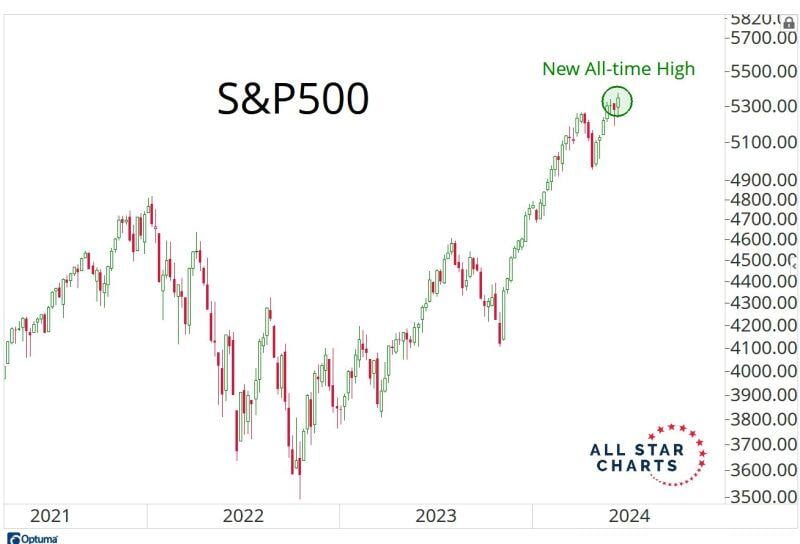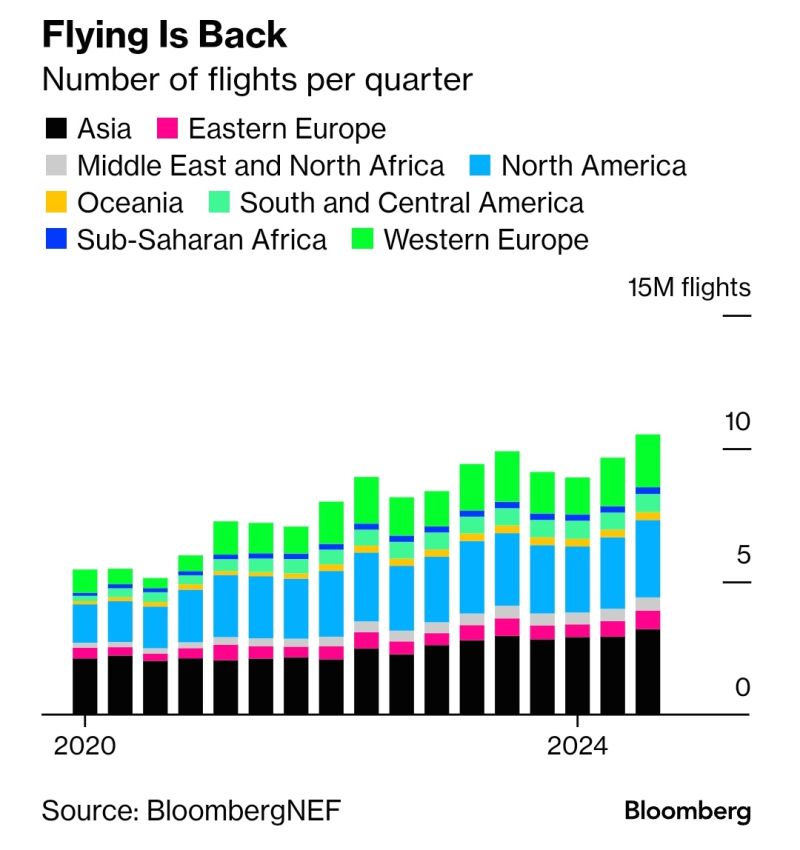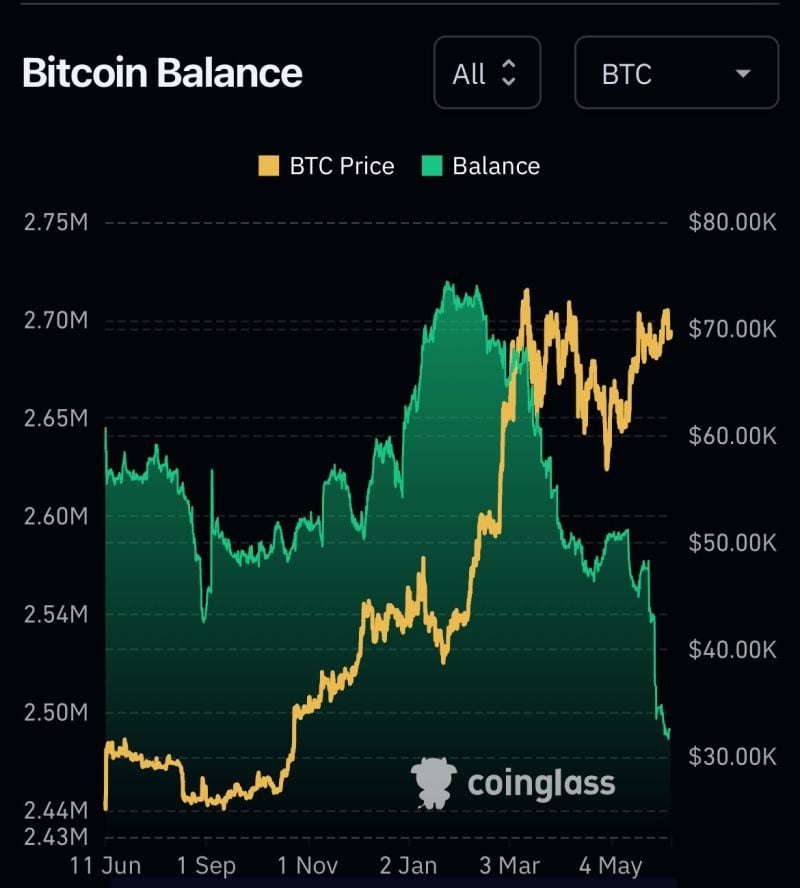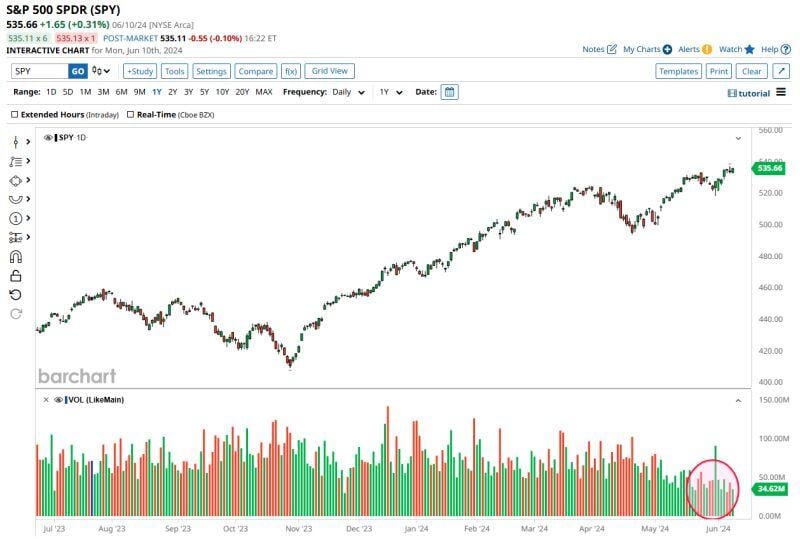Straight from the Desk
Syz the moment
Live feeds, charts, breaking stories, all day long.
- All
- equities
- United States
- Macroeconomics
- Food for Thoughts
- markets
- Central banks
- Fixed Income
- bitcoin
- Asia
- europe
- investing
- technical analysis
- geopolitics
- gold
- Crypto
- AI
- Commodities
- Technology
- nvidia
- ETF
- earnings
- Forex
- china
- Real Estate
- banking
- oil
- Volatility
- magnificent-7
- energy
- apple
- Alternatives
- emerging-markets
- switzerland
- tesla
- United Kingdom
- assetmanagement
- Middle East
- amazon
- russia
- ethereum
- microsoft
- ESG
- meta
- Industrial-production
- bankruptcy
- Healthcare
- Turkey
- Global Markets Outlook
- africa
- Market Outlook
- brics
Short bets against Nvidia $NVDA hit $34 billion, almost double the total short bets against Apple $AAPL and Tesla $TSLA
Source: Barchart
The SP500 closed the week at new all-time highs.
And a whopping 33 stocks on the NYSE closed at new highs. That's only 1.4% of stocks on the most important exchange in the world hitting new highs. Source: J.C. Parets @allstarcharts
Flying is back. International travel is set to see the biggest surge.
That’ll grow by 9.7% this year with huge increases in Asia, Europe and North America. International flights from Asia should climb by 23% but there are substantial gains almost everywhere. Source: Bloomberg, Tracy (𝒞𝒽𝒾 )
S&P 500 continues to hit record highs on EXTREMELY low volume.
Today was the 4th lowest volume day of the year for $SPY. Three of this year's four lowest volume days have come in the last week. All 4 of the lowest volume days have come in the last 3 weeks. Source: Barchart
Chief executive Tim Cook said the iPhone maker’s 'next big step' will be driven by generative AI and large language models.
Apple on Monday said it has partnered with OpenAI to integrate ChatGPT into its devices, as chief executive Tim Cook set out the iPhone maker’s “next big step” driven by generative artificial intelligence and large language models. Cook and his team outlined upgrades to the company’s software ecosystem coming this year at Apple’s annual developer conference on Monday, aiming to leverage the power of AI to provide a smarter Siri voice assistant and more personalised features on its devices to enhance productivity and tap into more advanced computer intelligence. This year’s Worldwide Developers Conference has been watched especially closely as investors waited to see how Cook will position the company to take advantage of generative AI, amid concerns it is falling behind its Big Tech competitors. Link >>> https://lnkd.in/eNQdmDW9 Source: FT
Billionaire Elon Musk said he would ban Apple devices from his companies if OpenAI’s software is integrated into the products at the operating system level.
In a series of posts on his social media platform X, Musk shared concerns about whether Apple and OpenAI will protect users’ information. He called the software integration between the two companies “an unacceptable security violation,” and said Apple has “no clue what’s actually going on.” “It’s patently absurd that Apple isn’t smart enough to make their own AI, yet is somehow capable of ensuring that OpenAI will protect your security & privacy!” Musk wrote after the event. The remarks followed a presentation Monday by Apple, when it said that customers would have access to OpenAI’s ChatGPT chatbot through the Siri digital assistant. Apple plans to roll out the capabilities as part of a suite of new AI features later this year. Musk co-founded OpenAI but had a falling out with the San Francisco-based startup. Source: HolgerZ
Investing with intelligence
Our latest research, commentary and market outlooks









